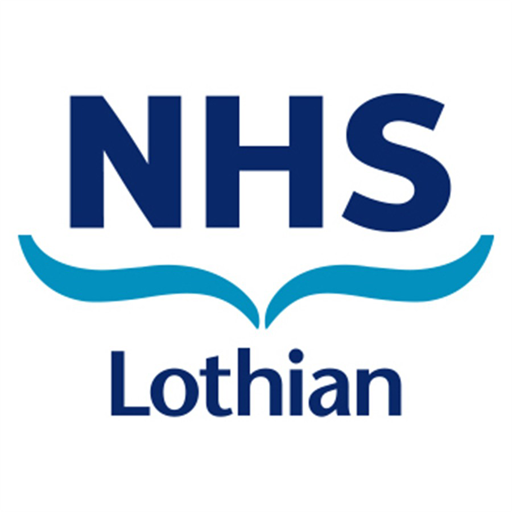Subgaleal haemorrhage detection and management in the newborn

If a Subgaleal haemorrhage is suspected, this is a medical emergency and necessitates immediate admission to the NNU for observation and investigation.
Definition
A Subgaleal ( or Subaponeurotic) Haemorrhage (SGH), is an accumulation of blood in the subgaleal space. It is usually secondary to trauma to the emissary veins, which traverse this space.
The subgaleal space has the potential to accommodate a very large volume of blood.
Risk Factors
SGH is most commonly associated instrumental deliveries but can also occur following vaginal deliveries and non-traumatic caesarean sections. Whilst most haemorrhages will be small and resolve spontaneously, large haemorrhages will require monitoring and management.
Subgaleal haemorrhage especially following a non-traumatic delivery can be secondary to a primary clotting disorder.
SGH is more common in asphyxiated infants and exacerbated by therapeutic hypothermia.
Recognition of SGH
The clinical features of a subgaleal haemorrhage can be difficult to distinguish from other birth related traumas to the scalp. It is unusual for subgaleal haemorrhage to be detectable at birth. Most haemorrhages, even if severe, develop gradually over several hours to a few days. These do not present with clinical features until extensive blood loss has occurred.
Clinical signs
- Increasing head circumference
- Fluctuant mass that crosses cranial sutures
- Swelling that can move when head is repositioned, may also indent.
- As swelling progresses the ears may be pushed forward and downward, if nursed supine.
- Pallor and hypotonicity, accompanied with increased heart and respiratory rates suggest developing shock
- Changes to haemoglobin and haematocrit levels as blood is lost from the circulation into the subgaleal space
- Bruising can appear around the eyes and the ears
- Neurological signs are uncommon and may suggest separate intracranial bleeding
Differential Diagnosis
A cephalhaematoma will not cross the suture line.
A chignon will have distinct borders and is located where the vacuum was positioned.
Caput succedaneum is a soft tissue swelling which is not fluctuant.
Initial Action for Maternity Staff
Urgent review by Neonatal Team, if subgaleal haemorrhage is suspected
Initial action Neonatal Staff
The main aim of management is to prevent and treat hypovolameic shock and severe hyperbilirubinaemia
1. Review immediately
2. Ensure airway, breathing and circulation are adequate
3. The safest place to observe these babies is on the neonatal unit, but babies who are well, presenting after 24 hours of age, and who have entirely normal observations and Hb, admission may be avoided. In such cases, babies should be monitored in the postnatal wards for a further 24 hours on NEWS, with 6 hourly medical review, and close monitoring for jaundice which may develop over the following week. A clotting screen should be performed.
4.Babies who are admitted to the NNU:
-
- Inform consultant and team leader immediately
- Commence full monitoring including heart rate, respiratory rate, perfusion assessment, hourly blood pressure measurements until stability is demonstrated.
- IM Vitamin K should be given if not had prior to admission
- Blood gas, full blood count, clotting screen should be performed
- Assess for jaundice and treat as required
- BTS sample for urgent cross match. Consider urgent transfusion of O-ve blood if symptomatic
- If receiving therapeutic hypothermia, consideration should be given to replacing clotting factors with FFP.
- CrUSS to exclude intracranial haemorrhage
